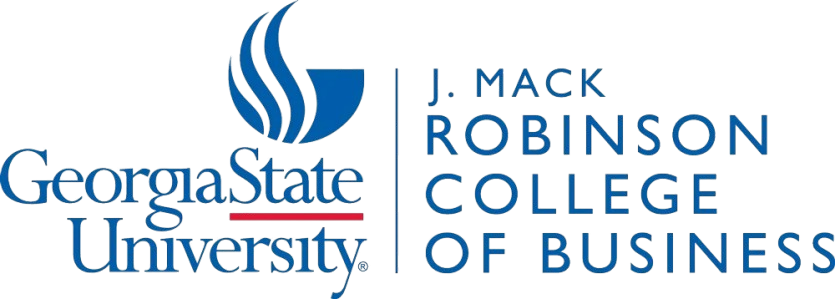The Socio-Culture Environment in Ghana
Ghana is a multiethnic country rich in natural resources and is one of the most stable and democratic countries in West Africa. Ghana has been inhabited for at least several thousand years, however, little is known about its early inhabitants.
Regions and Languages
- Common languages in Ghana include: Asante 16%, Ewe 14%, Fante 11.6%, Boron (Brong) 4.9%, Dagomba 4.4%, Dangme 4.2%, Dagarte (Dagaba) 3.9%, Kokomba 3.5%, Akyem 3.2%, Ga 3.1%, and other at 31.2%. The English language does function as an official language here as well.
- 71% of Ghanaians are Christian and 17% are Muslim, but the country accepts all faiths.
- Although the country is highly multiethnic, over 98% of Ghanaians are black Africans. The Ashanti are the largest ethnic group in Ghana.
- The major ethnic groups in Ghana include Akan (47.5%), Daghbani (17%), Ewe (14%), Gaadambe (7%), and Gurma (6%). , Guan (4%), Gurunsi (2.5%), Bissa (1%)
Population
- Population in Ethiopia is about 33,107,275 (2022, 44th most populous globally ).
- Population Growth Annual Rate: 2.23% (2022)_ranked 35th globally.
- Birth Rate: According to 2022, 28.55 births/1,000, ranked 34th globally.
- Rate: 6.14 deaths/1,000 population, ranked 150th globally in the year 2022.
- Net migration rate: -0.16 migrants/1,000 population, ranked 107 globally (2022)
- Infant Mortality Rate: 32.59 deaths per 1,000 births (2022)- ranked 46 globally
- Life Expectancy at birth: 69.37 years (2022) -ranked 178 globally

- The age dependency ratio for Ghana is 67.96%, 39th in Africa (below the average of 76.19%) and 48th in the world (2021).
- With 3.21% of the population aged 65 and over, it is the 21st highest in Africa (below the average of 3.79%) and 149th globally (2021).
- Human Flight and Brain Drain Index score of 7.1/10, 16th highest in Africa and 30th highest in the world (2022).
- Ghana’s happiness index is 4.87/10, making it the 15th happiest country in Africa and 108th happiest country in the world (2021).
- The urban population in 2022 will be 58.6% of the total population, with an estimated annual urbanization rate of 3.06% from 2020 to 2025.
- The Human Capital Index (HCI) for Ghana is 0.5 out of 1 (2020).
Negative impacts of the Socio-Culture of Ghana
- A major healthcare problem is understaffed and overcrowded hospitals, with 0.17 doctors per 1,000 population (2020) and 0.9 beds per 1,000 population (2011).
- Ghana has 45.36 points, the 24th highest healthcare price index in Africa and 108th lowest globally (2017).
- With a maternal mortality rate of 308 per 100,000 live births, Gabba ranks 32nd in Africa (with a continental average of 399) and 34th in the world (2017), with a global average of 155 deaths.
- Ghana has 45 under-five deaths per 1,000 live births, the 34th highest in Africa and the 39th highest in the world (2020), below the global average of 26.
- Ghana ranks 133/191 on the Human Development Index (HDI) with a score of 0.632, the same as in 2020 and below the global average of 0.732 (2021). Ghana’s HDI score is in the Medium Human Development classification.


